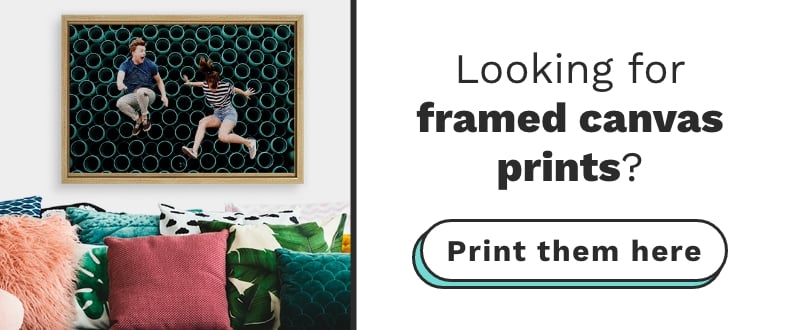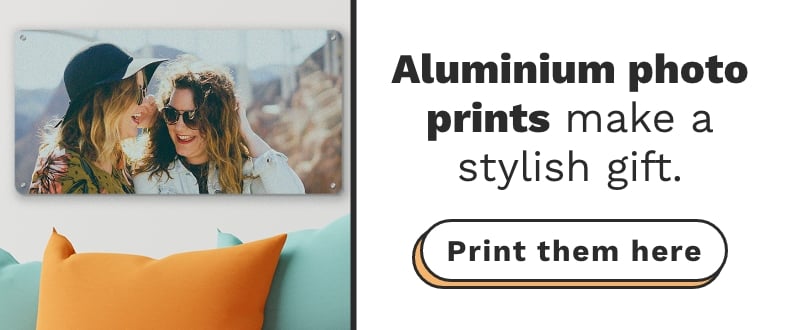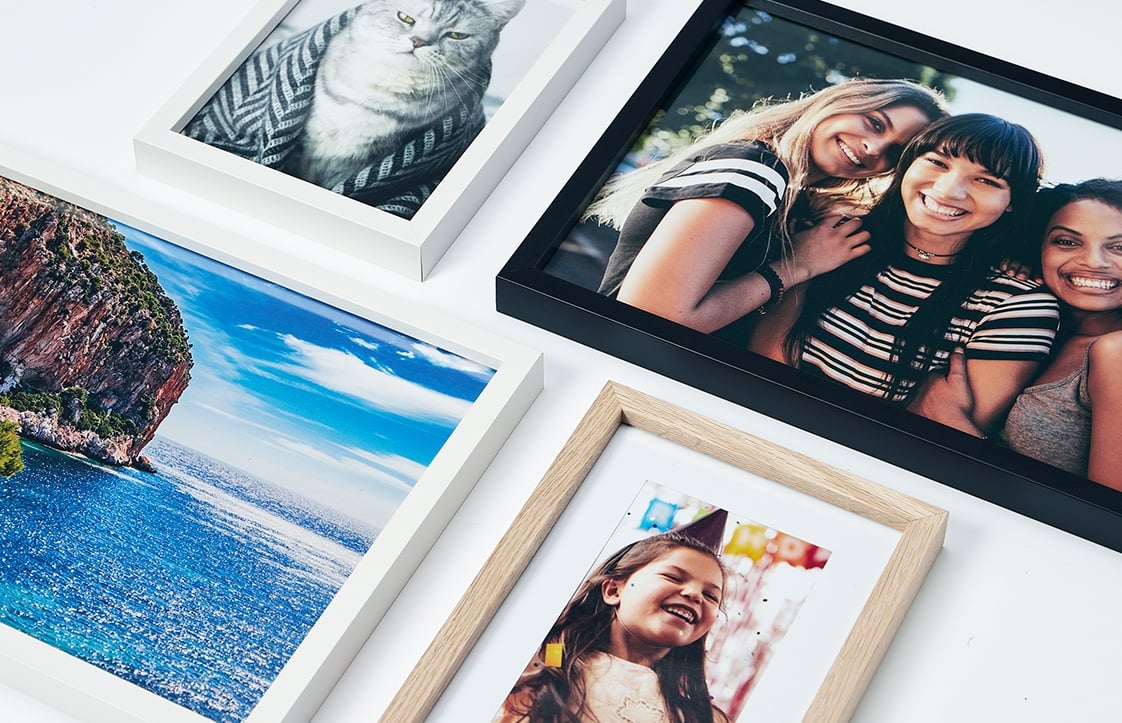Whether you want to immortalise a special moment, celebrate an anniversary or birthday, or for countless other reasons, it’s always the perfect time to take a photo. There are loads of times when it’s important to take a photo so you don’t miss a moment that you want to remember forever – but there is one question to consider: what is the right photo format to choose to print a photo?
Today, we want to help you find out the answer to this “existential” question, showing you all the different photo format types and the characteristics that make them different.
Each format has specific characteristics and proportions that vary based on the width and height of the photos you want to print.
There are different types of cameras – like reflex, compact digital or smartphone – and the file produced has different dimensions with each of these.

Also, if the individual photos are edited, cut or modified using special apps, the proportions of the final file will be even more different.
THE MOST WELL-KNOWN PHOTO FORMATS
We’ll start by providing a brief summary of the most widely used photo formats. Some time ago, the various printing formats weren’t measured in cm but inches; so, the classic 10×15 cm photo format was once known as 4×6 inches (1 inch = 2.54 cm).
In more recent times, all measurements formerly expressed in inches were converted to centimetres, and the first decimal number rounded up.
PHOTO FORMAT: CLASSIC MEASUREMENTS
For films for traditional cameras and reflex cameras, standard photo formats were created: 10×15, 12×18 and 13×19. For each of these sizes, there was a height-to-width ratio of 3:2.
Today, these measurements are still the most popular for photo printing because they allow you to have photos of the same dimensions.

DIGITAL CAMERA PHOTO FORMAT
Since digital cameras arrived on the scene in the ’80s, followed by smartphones and tablets, photo formats controversially changed, allowing people to choose new printing dimensions that were totally different from the classic sizes.
And so, the following formats were introduced: 4:3 for compact digital cameras and nearly all smartphones, 16:9 specifically for certain types of mobile phones, to the most recent 1:1 square format, made famous by the social network Instagram, which we now all know very well.

BUT WHICH PHOTO FORMAT IS THE BEST ONE TO CHOOSE?
It’s impossible to say definitively but when you need to choose the perfect photo format, we recommend basing your decision on how you will use your photos and what you hope to achieve.
For example, if you intend to put your photos in a photo album or want your prints to all be the same size, the ideal choice would be to select the classic photo formats 10×15, 12×18 and 13×19. Make sure that your files are suitable for your chosen photo format, otherwise they will be cut off slightly.
If you don’t want to sacrifice a single detail of your photo or you decide to print a photo from Instagram, therefore keeping the square format, you’ll need to choose the variable width formats of 10x, 12x or 13x.
By doing this, the shortest side of the photo will have the dimension you selected and the longer side will be printed keeping the file’s actual proportions.
The only limitation with this type of photo format is the maximum width, which must never exceed 20 cm.
Before you leave us and hurry off to print all the photos you love, we’ll leave you with a summary of the measurements and classic and digital formats to help you choose the size of all the photos you want to print even more accurately.

Happy printing everyone!
CLASSIC AND DIGITAL PHOTO FORMATS TABLE:
| Classic formats | |
| Formats in cm | Actual paper dimensions in mm |
| 9 x 13 | 85 x 127 |
| 10 x 15 | 101 x 152 |
| 13 x 18 | 127 x 178 |
| 15 x 21 | 152 x 216 |
| 20 x 30 | 203 x 305 |
| Digital formats | |
| Formats in cm | Actual paper dimensions in mm |
| 10 x 13 | 95 x 127 |
| 11 x 15 | 114 x 152 |
| 13 x 17 | 127 x 169 |
| 15 x 20 | 152 x 203 |
| 20 x 27 | 203 x 270 |

